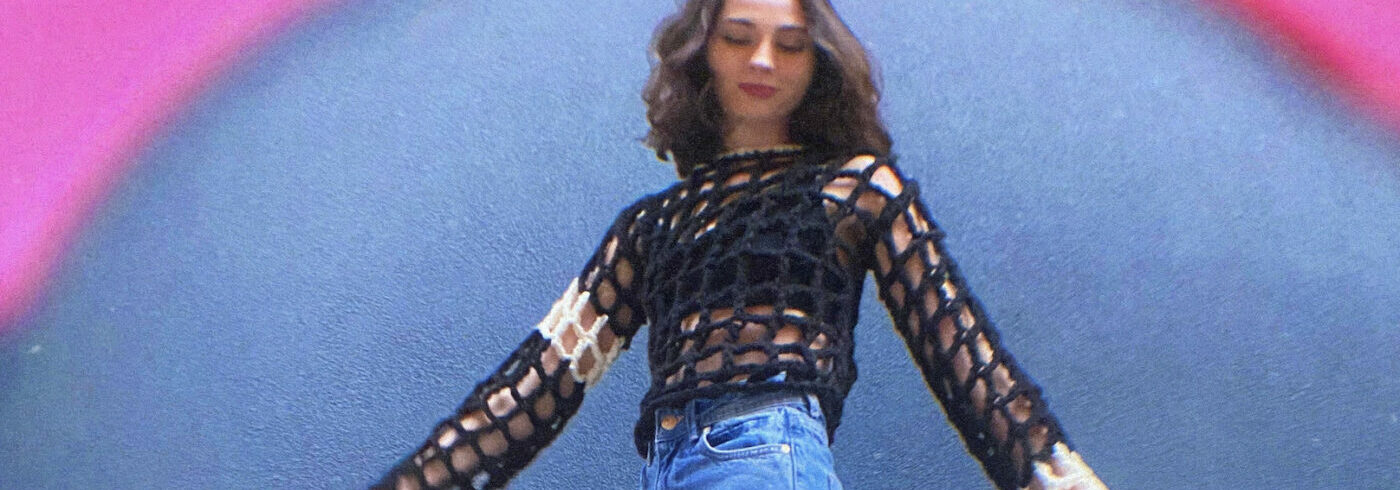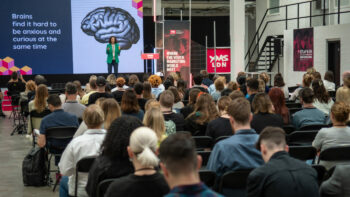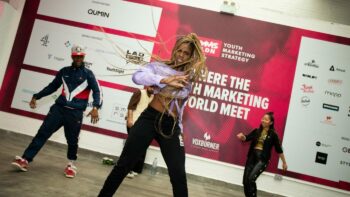
How To Engage Gen Z Using Nostalgia Marketing
Article Highlights
- The most powerful and successful nostalgia-driven campaigns
- Netflix
- Nintendo
- Airbnb
- Pizza Hut
- How to Use Nostalgia for Your Brand
Be the first to access new posts and exclusive content
Nostalgia is a powerful force, amplified by social media, and its grasp on Gen Z is strong. During and after the pandemic, Gen Z reveled in nostalgia, seeking comfort and connection to simpler, pre-social media times. Currently, the hashtag #nostalgia has 55.9 billion views on TikTok and 17 million posts on Instagram, and unsurprisingly, brands have been following the trend. To successfully produce a nostalgic feel to campaigns and marketing, marketers must identify what works for their target demographic and discover ways to address those needs. Below is a selection, and we look at where they’ve drawn inspiration from and share how your brand can get involved.
The most powerful and successful nostalgia-driven campaigns
Lottie London
Lottie London is a ‘trend-led beauty brand’ whose target market is Gen Z, which uses early ‘00s television shows such as Gossip Girl and Vampire Diaries to create makeup theme collections. Lottie London chooses shows that have the biggest hashtags, tags, and comments by Gen Z audiences.
Recently, the brand partnered with Warner Bros to create the XO Gossip Girl collection inspired by the on-and-off again best friend characters Serena and Blair from the show, as well as the Vampire Diaries: Love Sucks collection for Halloween. For this collection, consumers were also given the chance to receive the product for free if they donated blood and posted about it on social media to help the US’ current blood shortage. This is a great example of a brand who are connecting with Gen Z and doing good in the world (something which Gen Z consumers will, in turn, also appreciate).
Netflix
Netflix has been drawing inspiration from the past for a long time, with shows like The Get Down, Stranger Things, Glow, and Fuller House. Stranger Things is the most watched series on Netflix, and it’s no wonder – the show has tremendous success in transporting viewers back to the 1980s and is filled with relevant pop culture references and cool aesthetics.
And it’s not just new content: Netflix and other streaming platforms have also spent millions for the rights of beloved shows from the past. Netflix spent half a million dollars for Sienfield and comparably NBC Universal spent $500 million on The Office, grabbing the rights to the program that many watched and treasured back in the day. Since Netflix acquired it, Seinfield has attracted new, Gen Z audiences, with 41% of viewers aged 34 and younger – there are people who were too young to have even watched the show when it first aired.
Nintendo
Nintendo was quick to jump on the nostalgia marketing bandwagon back in 2016 , rereleasing their classic Nintendo Entertainment System. The release of this gaming console intended to give consumers a chance to re-experience the beginning of their journey into gaming. The gaming console has a simple plug in and play setup and design similar to Nintendo’s retro products in the 90s, and most retailers such as Amazon and Gamestop sold out immediately on the release date. The Nintendo Classic Mini console serves as an introduction to early 90s gaming and introduces Nintendo’s classic console and timeless games to new generations of players.
Airbnb

During the pandemic, Blockbuster partnered with Airbnb to provide a ’90s sleepover experience’ in Bend, Oregan. Residents were able to book an overnight stay in the only Blockbuster store left in the world that had been redesigned to fit a ’90s environment. The store had been widely transformed to evoke nostalgia, back to a time when movies had to be physically rented in stores such as Blockbuster.
With eccentric and bright patterns, a large sofa bed, beanbag chairs, and a wide television connected to a VCR, Airbnb also provides guests with access to many movie classics and an abundance of snacks. The event gained Airbnb large publicity during the pandemic and reminded consumers that if they ever want to escape, Airbnb is the best way. Millions of people have memories of pizza nights with movie rentals, and the Blockbuster store was able to bring back the past to connect Gen Z and Millennials.
Pizza Hut
Pizza Hut capitalized on nostalgia in one of their brand initiatives named ‘Newstalgia’ in 2021. Pizza Hut’s campaign revolved around the game PAC-MAN – upon ordering a $10 Tastemaker pizza, diners would receive the pizza packed in a limited-edition PAC-MAN-themed box which also contained a printed QR code. When scanned, a PAC-MAN augmented reality version of the game would appear… a clever hack that brought a nostalgic game into the modern day and tapped into Gen Z’s growing love of the metaverse. Consumers would also be able to win a PAC-MAN game cabinet by tweeting their score with the hashtags #PizzaHutARcade #Sweepstakes.
How to Use Nostalgia for Your Brand
- Know your audience. Different generations have different associations, and nostalgic differs depending on individuals. Find out which shows or characters or time periods resonate with your audiences, and remind them of important events or memories.
- Identify how to connect your brand with the past. Nostalgic advertisements must be associated with the simpler and happier times of life. These marketing techniques need to remind audiences of touchpoints in their life or connect consumers who are stimulated by a decade. Use storytelling techniques to bring audiences to that time. There are many ways to leverage nostalgia: nostalgia advertising, packaging and design, throwback products, and events from the ‘past’.
- Find out what your audience misses. This may be a discontinued product that consumers greatly miss or a time period that resonates with audiences. Find out which discontinued products would be relevant for today’s audiences, or maybe try a show or movie that generates nostalgia and is relevant for your brand.
Want more like this? Subscribe to our Weekly Briefing and have the latest insights, research and Gen Z trends delivered to your inbox every week.



